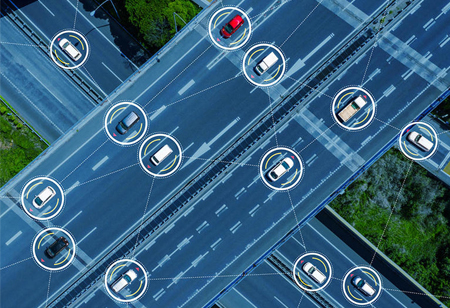Research predicts that the 5G IoT endpoint installed base will rise almost 14-fold in the next three years, from 3.5 million units in 2020 to 48.6 million units in 2023.
FREMONT, CA: Autonomous cars (and other vehicles, like trucks) may still be years away from mainstream introduction, but connected cars are very close. The modern car is quickly becoming a mobile Internet of Things device, with significant on-board computing capacity and connectivity systems dedicated to three wide areas:
• Vehicle position, driver behavior, engine diagnostics, and vehicle operation (telematics).
• The external world (vehicle-to-everything or V2X communication).
• The occupants of the vehicle (infotainment).
Many of these networks use cellular—and increasingly 5G—technology, among others.
5G and IoT
The parts are coming into place for the exponential development of 5G-connected IoT solutions in the automotive industry. Research predicts that the 5G IoT endpoint installed base will rise almost 14-fold in the next three years, from 3.5 million units in 2020 to 48.6 million units in 2023. Outdoor security cameras dominate the industry, but by 2023 they will have been overtaken by automotive solutions.
As the automotive industry will be the primary field for IoT endpoints and 5G IoT use cases, in the long run, Communications Service Providers (CSPs) wanting to be important to the 5G IoT market must place this industry at the forefront of their investments. They should do this in terms of workers who appreciate the sector and collaborations to drive the business forward.
The principal use case for 5G in the automotive industry in 2023 will be built-in connected car modules for commercial and consumer vehicles, accompanied by fleet telematics applications and in-vehicle toll devices.
The share of 5G-connected vehicles directly connected to the 5G infrastructure will rise from 15 percent in 2020 to 74 percent in 2023, hitting 94 percent in 2028. By then, Cellular Vehicle-to-Everything (C-V2X) would make it possible to share communications inside and from cars and facilities, pedestrians, cyclists, and other environmental components. Ultimately, connected vehicles connected to the 5G service would help keep traffic flowing and enhance road safety.

 Copyright © 2025 AutoTech Outlook. All Rights Reserved | Privacy Policy | Subscribe | Sitemap | About us | Feedback Policy | Editorial Policy
Copyright © 2025 AutoTech Outlook. All Rights Reserved | Privacy Policy | Subscribe | Sitemap | About us | Feedback Policy | Editorial Policy